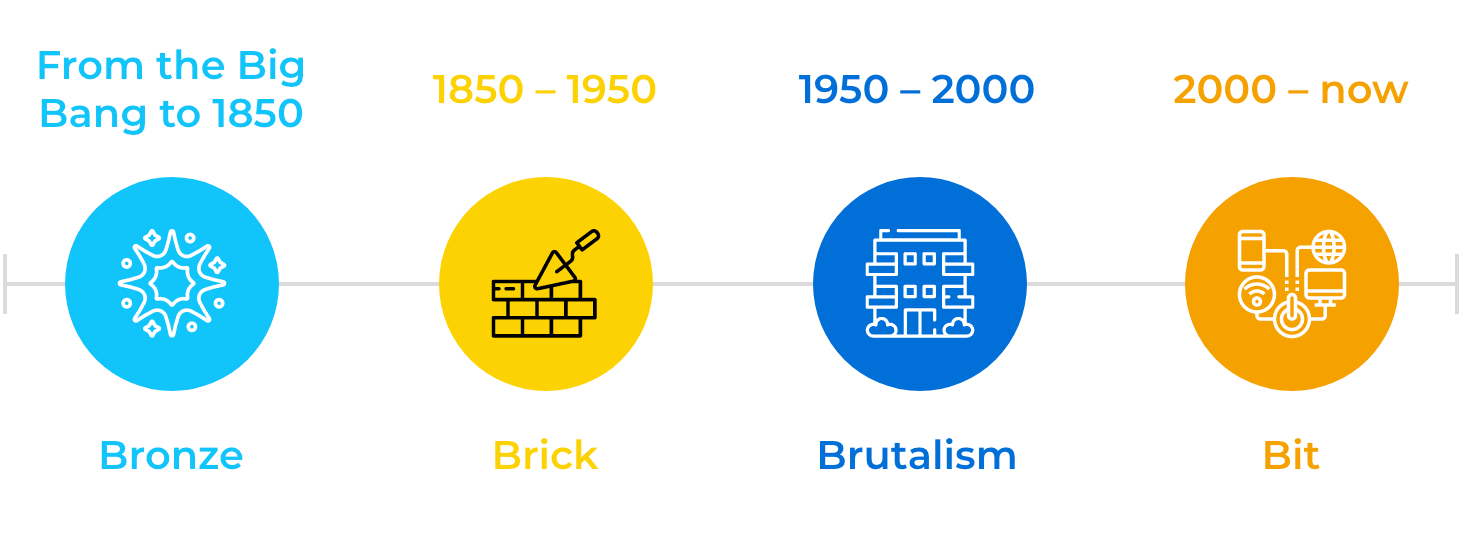Brand thinking:
A journey through the ages
With the passing of brand thinker Giep Franzen in November 2020, the Dutch advertising world lost a legend. As a Dutch market research professional myself, Franzen was a great source of inspiration for me (and without a doubt for many others). In addition to founding renowned ad agency FHV/BBDO in the 1960s, he introduced a completely new way of working in the advertising industry, in which the brand is a dominating force. After a successful and decorated career in advertising, Franzen channeled his passion for brand thinking into the academic world. He became a professor at the University of Amsterdam and launched SWOCC – the Dutch Foundation for Scientific Research into Commercial Communication – with the dream of bridging the gap between practitioners and academics.
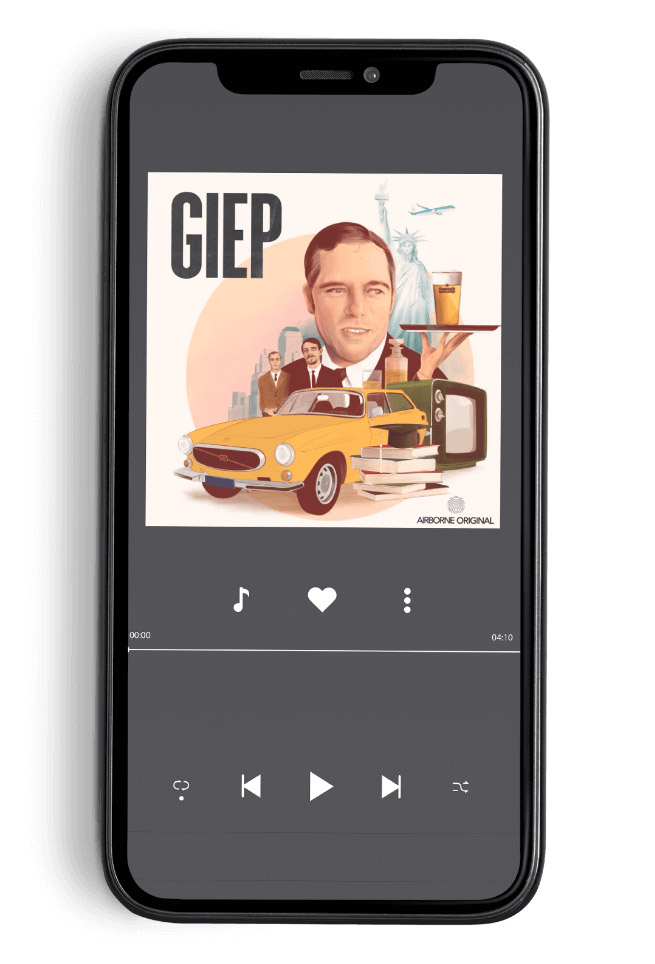
His work is now celebrated with a series of publications, a podcast (in Dutch) and an annual event. The SWOCC publication ‘Chronicle of a brand’ (in Dutch) famously identifies four phases in brand thinking, although the way we think about brands in 2022 is far from crystallized.
What can a look back at brand thinking in recent years (especially from the 1950s to today) tell us about the future?
From mental phenomenon to buyer’s black box
How we think about brands today has mainly taken shape in the Brutalism phase (celebrating new opportunities to build with concrete) – from 1950-2000. The idea that a brand is more than a product with a function and a name on the packaging dates from that time – the idea that a brand has an image consisting of feelings, ideas and attitudes. It’s seen as a network of associations, or a brand engram (see Lashley, 1950; Shacter, 1996; Franzen & Bouwman, 2001; Franzen & Moriarty, 2008). In the words of Giep: “Brands cannot fall on your foot. They are mental phenomena.”
However, the application of that idea took some time to sink in. In the 1980s, I myself was trained in Philip Kotler’s brand thinking – think of the four Ps, the marketing mix model with four controllable variables that lead to a sale (product, price, place/distribution and promotion). Between these stimuli and the response (purchase), is the buyer’s “black box” – all of the customer’s reactions and decision-making processes. Kotler distinguishes five successive phases in the buying process, namely problem recognition, information seeking, evaluation of alternatives, purchase decision and behavior after purchase. Models describing choice behavior in the 80s were cognitive, based on conscious and rational considerations. Brand thinking at that time revolved around awareness of the brand and the underlying (functional) product attributes, which it was assumed that consumers carefully considered and weighed to make decisions.
From postal to online
In the same period, market research, and therefore research into brands, made the transition from written (postal) to telephone. This meant that measurements could be done more frequently, and results were available more quickly. Monthly and even weekly measurements that tracked brand and advertising awareness, attributes, consideration, and penetration became the norm. This allowed insights to be brought together from different sources, providing a better understanding of brand consideration which, ultimately, illuminated our understanding of that black box and ushered in the next phase of brand thinking.
From funnel to loop
In the new millennium, brand research shifted completely to online. Buying behavior remained visualized in a so-called funnel – AIDA (Attention, Interest, Desire, Action) is the best known. But over time, the traditional purchase funnel and Kotler’s 5-step model have been thoroughly shaken up. In 2009, McKinsey shifted from linear to a circular loop with the Consumer Decision Journey model. Over the course of their customer journey, consumers add new brands to their initial set of brands they are considering. The buzz word of the day is ‘touchpoint’, having now become a fixture in the marketer’s vocabulary. The ease of searching for information online and on smartphones brings brands and consumers together more than ever before during these key touchpoints.
In 2011, Google presented the Zero Moment of Truth concept, building on the idea that a marketer should focus on success during two core touchpoints: The first on the shop floor and the second at home using the purchase. Major brand builders, including Procter&Gamble, embraced this concept. Google then asked marketers a new question: “Are you winning the Zero Moment of Truth?” pointing out, “Our mobile devices are MOT machines. As mobile usage grows, the zero, first and second moments of truth are converging.”
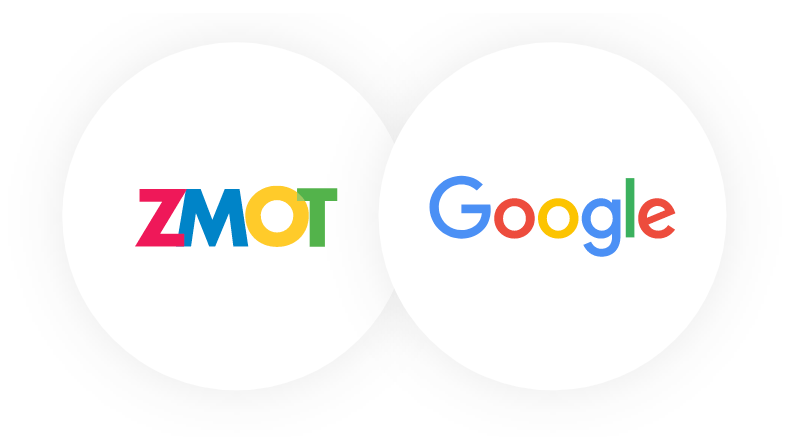
From conversion to brand equity
In the digital domain, data is omnipresent: big data offers more possibilities than ever to take marketing mix modeling to a higher level. All those new data points are used to measure conversion of advertising campaigns, with the effect that the view on the long-term brand shifts to the background. This age is characterized by what Douglas Rushkoff calls presentism – an unhealthy focus on the ultra-short term. A few extra “likes” online doesn’t create a stronger brand. Les Binet and Peter Field pose as respected opponents of this short-term focus on conversion. In various publications based on the extensive campaign effect database of the IPA in England, they make clear that brands matter (Marketing in the Era of Accountability) and that you must balance short term and long term (The Long and the Short of It).
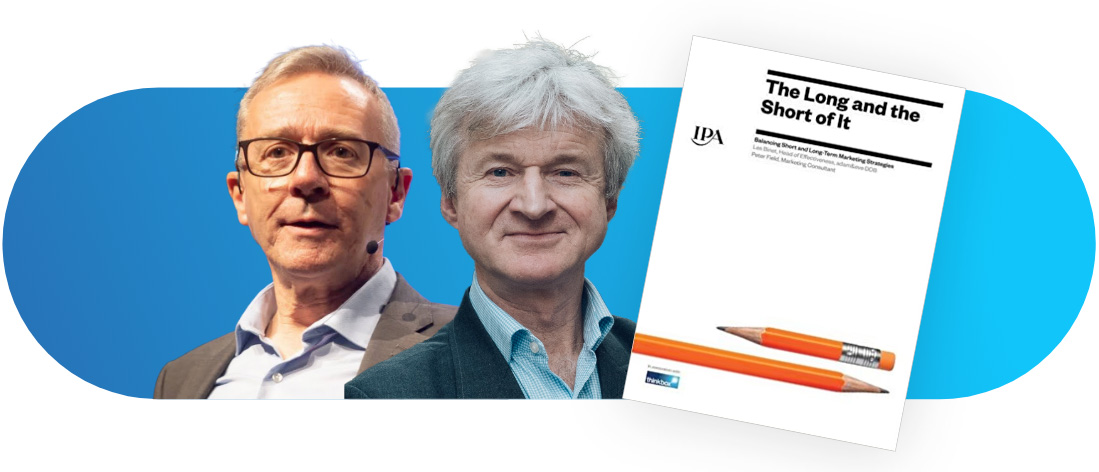
From brand image to situational relevance
About ten years ago, marketers everywhere also read ‘How Brands Grow‘ by Byron Sharp. In 2015, with the publication of part 2, there was even more media hype. According to the familiar formula of the Ehrenberg-Bass Institute, it’s all about looking out for “laws” – for example, that focusing on loyalty is pointless because brands grow by stimulating penetration. Sharp shows us that brands grow thanks to distinctive assets and serving light users in the category, just to name a few take aways. Category Entry Points help researchers to understand the role of the brand during various relevant situations. It’s not so much about how someone feels about a brand – much more important is the question of whether consumers think of the brand in a particular buying situation.
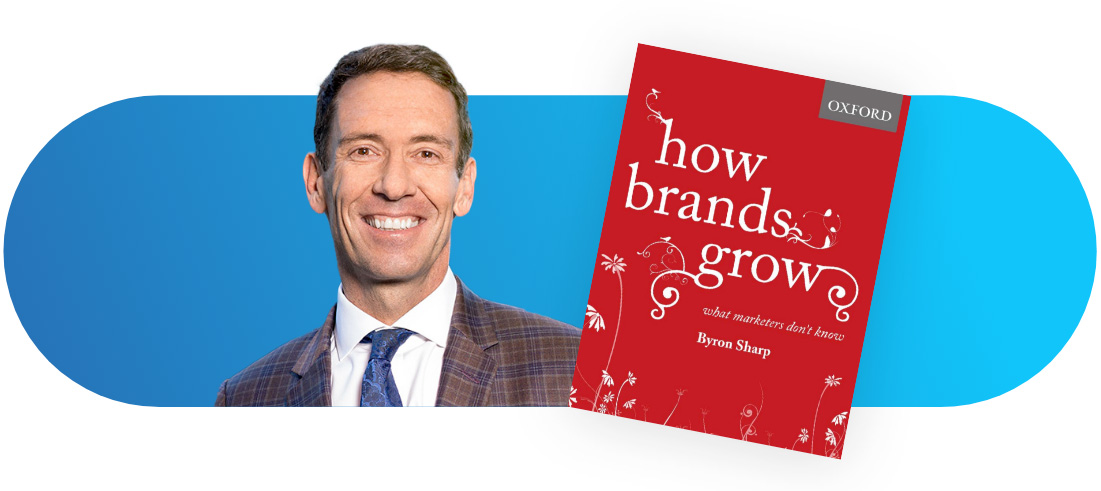
From bronze to brain
After the Bronze, Brick, Concrete and Bit phases, I expect the next major breakthrough to come from innovative insights into what goes on in the consumer’s brain. Insights from behavioral science and psychology from Cialdini and Kahneman, among others, are already helping us to put together certain pieces of the puzzle.
Research is more often about implicit measurement, such as intuitive responses to brands and associations (IAT) and the use of avatars, images and collages. Neurological research is on its way to being able to read (parts of) thoughts, and Artificial Intelligence will probably help to make this faster and better.
Today, marketers receive headwinds from CFOs who request for accountability as they try to move their brands into the boardroom. Accounting for marketing budget with results after the fact is no longer sufficient – there is increasing pressure, especially from that boardroom, to predict and substantiate results in advance. We see a rationalization of brand portfolios, and a growing focus on globalization of brands and ad campaigns.
As a mental phenomenon, I still see the brand as a black box, like a puzzle where the picture on the box is missing. Through the years, our understanding of how brands operate in the minds of consumers has evolved, and we can already fit a few pieces together to reveal part of the image. We’re still in the dark about what the complete picture looks like, and that’s the responsibility of marketers to uncover. The danger here is in filling in the missing pieces with guesswork or assumptions. What is certain is that every piece of the puzzle is important and indispensable – also for the puzzle of the brand.

Andy Santegoeds has been a member of the board of SWOCC – the Dutch Foundation for Scientific Research into Commercial Communication – since 2013 and is a regular contributor of thought pieces about advertising and brands. A version of this article was originally published in Dutch on the SWOCC website – available here.

